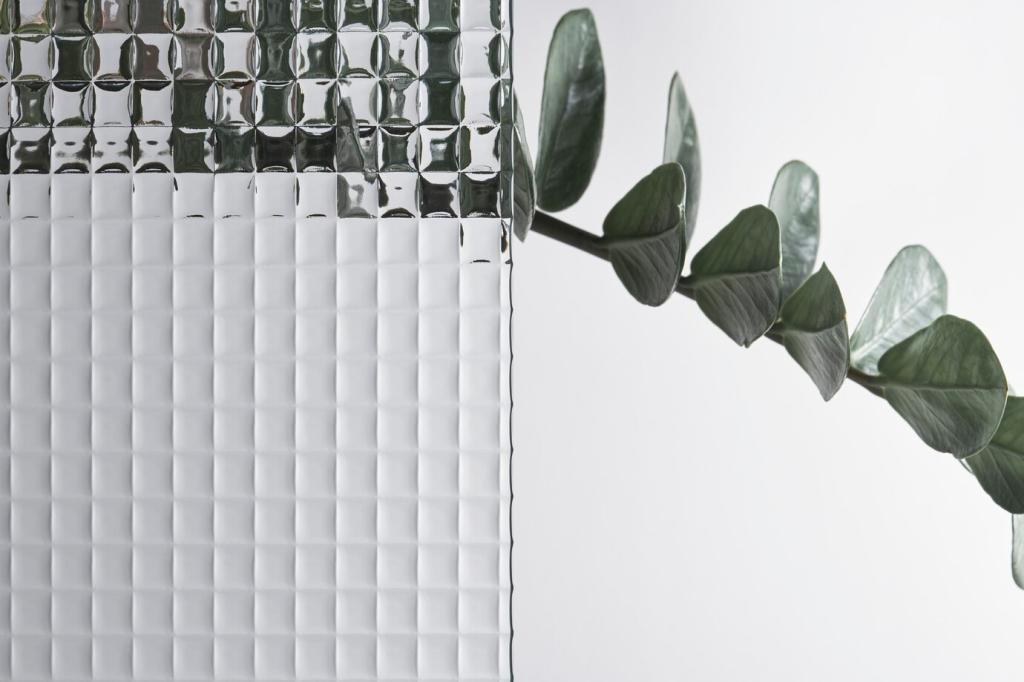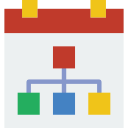Enhancing Wellbeing with Organized Spaces
The Psychology of Calm Through Order
Less Visual Noise, More Mental Space
Clutter competes for attention, raising stress and decision fatigue. By reducing visual noise, you free cognitive capacity for creativity and rest. Notice how tidy counters invite deep breathing, slower mornings, and a kinder pace to start each day.
The Cortisol Connection
Studies have linked cluttered homes with elevated cortisol, our stress hormone. Small daily resets—like a two-minute surface sweep—help stabilize mood, improve sleep readiness, and make evenings feel restorative rather than frantic or scattered.
A Small Story of Change
When Ava cleared a hallway drop-zone, she noticed her evenings softened. Shoes found a basket, keys a hook, and conversations with her partner shifted from frantic searching to gentle check-ins about the day ahead.
Decluttering Methods That Actually Stick
Label boxes Keep, Donate, Recycle, and Relocate. Move briskly, touching items once. This clear structure reduces decision fatigue, speeds progress, and turns anxiety into momentum while ensuring each object gets a thoughtful, responsible outcome.
Set a timer for fifteen minutes after dinner. Tidy hotspots only: the coffee table, entry shelf, and kitchen island. Frequent short resets prevent Saturday marathons and build confidence through visible progress you can actually celebrate daily.
For every item that enters, one goes out. This simple rule curbs impulse accumulation and honors your space’s limits. It transforms shopping from automatic to intentional, protecting both your wallet and your peace of mind.


Add a shallow tray for mail, a wall hook for keys, and a basket for shoes. A small bench invites pausing, not tossing. Suddenly, your threshold becomes a stress buffer instead of a clutter bottleneck each evening.

Nightstands hold only essentials: a lamp, book, and water. No piles, no screens. A simple laundry station and soft lighting cue bedtime winds down, helping your nervous system relax and your sleep deepen naturally.

Tidy cables with clips, corral pens in one cup, and use a single inbox tray. When your desk is ready, starting becomes easy. That lowered friction turns postponed tasks into finished projects without the frazzle.
Storage That Supports Joy, Not Hides Chaos
Transparency and Labels
Clear bins and simple labels remove guesswork. You see what you own, preventing duplicates and saving time. Kids and guests can help reset because the home itself communicates where everything lives, without constant explanations.
Going Vertical, Gaining Freedom
Float shelves upward, hang hooks behind doors, and use tall cabinets with adjustable inserts. Vertical solutions unlock hidden capacity, keeping floors clear so rooms breathe, light travels further, and your home feels noticeably more spacious.
Seasonal Rotations with Intention
Store off-season items together, labeled by month or activity. Rotations feel like a curated shop at home, rekindling appreciation for what you already own while avoiding the dull fatigue of overcrowded drawers and closets.

Shared Systems for Families and Roommates
Pick a song, assign zones, and set a timer. When routines are short and fun, participation rises. Kids learn stewardship, adults feel supported, and the atmosphere shifts from nagging to teamwork in one approachable ritual.
Shared Systems for Families and Roommates
Use low baskets, picture labels, and open shelving. Make it easy to put things back without help. When systems match abilities, children succeed independently and pride replaces resistance, reinforcing tidy habits through everyday victories.

Mindful Habits to Maintain Organized Ease
Choose three tiny actions before bed: clear the sink, reset the couch cushions, and set tomorrow’s mug. These micro-moves cue a fresh start, telling your brain the day is complete and tomorrow is already supported.

